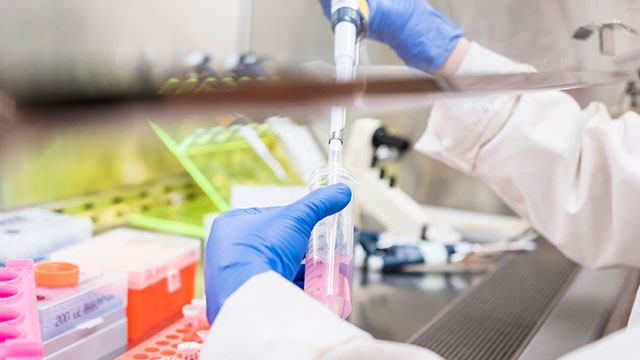Which Fume Hood Is Right for Your Lab?
Key deciding factors in fume hood selection

Maintenance Tip: Fume HoodsEnsuring the correct hood flow, or face velocity, in your fume hood is essential to the safety of your lab staff. Too little velocity allows room air currents or disturbances to overpower the hood and draw contaminants into the room. Too much velocity can result in turbulence and eddies that also lead to contaminants escaping the hood. Maintaining proper flow or face velocity requires keeping the working area unobstructed and setting the internal baffles to properly capture the contaminants produced. |
Will the type of chemicals being used affect the type of fume hood required?
Yes—the type of chemicals and reagents being used will have a direct effect on the setup of the ideal fume hood. If perchloric acid is going to be used, then a wash-down system will be needed to prevent buildup of perchloric salts (an explosion hazard). Likewise, if hydrofluoric acid is to be used, a PVC liner or lexan sash will ensure that no etching occurs. If radioisotopes are going to be used, a one-piece stainless steel liner will need to be installed.
How does the size of the laboratory, or a future need for renovations, influence which type of fume hood should be utilized?
One issue that will need to be addressed during the purchasing process is the size and dimensions of the laboratory and how the new fume hood will fit. Purchasing a fume hood only to find that it won’t even fit through the entrance can be a costly mistake. Likewise, if future renovations or movement of the fume hood will be required shortly after installation, then it may be wisest to purchase a benchtop model as opposed to a floor-mounted model to ensure easy movement.
Are different fume hoods required for preventing environmental contamination and for preventing inhalation of gases?
The process for which the fume hood is required will play a decisive role in the level of air draw and how this draw is implemented. For example, if the main focus is ensuring that no sample contamination occurs and harm to the technician or environment is not a risk, then a laminar flow hood can be utilized instead. If the purpose is to protect the technician, then a variety of ducted fume hoods with different levels of air draw are available. A scrubber or filtration system can also be installed to ensure the environment outside the laboratory is not put at risk.
Start your fume hood search at LabManager.com/ProductFinder/Fume-Hoods
